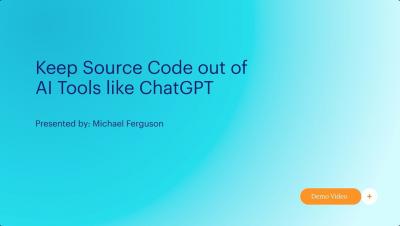Security | Threat Detection | Cyberattacks | DevSecOps | Compliance
Cloud
Cloud Vulnerability Management by Elastic
Netskope CEO Sanjay Beri Talks with NYSE
Cloud Threats Memo: More Details on Long-Lasting Campaigns Targeting Eastern Europe
In a previous memo, I mentioned the discovery, made by researchers at Kaspersky, of an active campaign carried out by an advanced threat actor since 2021, targeting multiple organizations in the regions of Donetsk, Lugansk, and Crimea. One of the noteworthy aspects of this campaign was undoubtedly the usage of a new backdoor, called PowerMagic, characterized by the exploitation of the popular cloud storage services, Dropbox and OneDrive, as the command and control infrastructure.
Don't Choose a Cloud Storage Service Without Asking These 10 Critical Cybersecurity Questions
How to secure Generative AI applications
I remember when the first iPhone was announced in 2007. This was NOT an iPhone as we think of one today. It had warts. A lot of warts. It couldn’t do MMS for example. But I remember the possibility it brought to mind. No product before had seemed like anything more than a product. The iPhone, or more the potential that the iPhone hinted at, had an actual impact on me. It changed my thinking about what could be.
Announcing Cloudflare Secrets Store
We’re excited to announce Secrets Store - Cloudflare’s new secrets management offering! A secrets store does exactly what the name implies - it stores secrets. Secrets are variables that are used by developers that contain sensitive information - information that only authorized users and systems should have access to.











